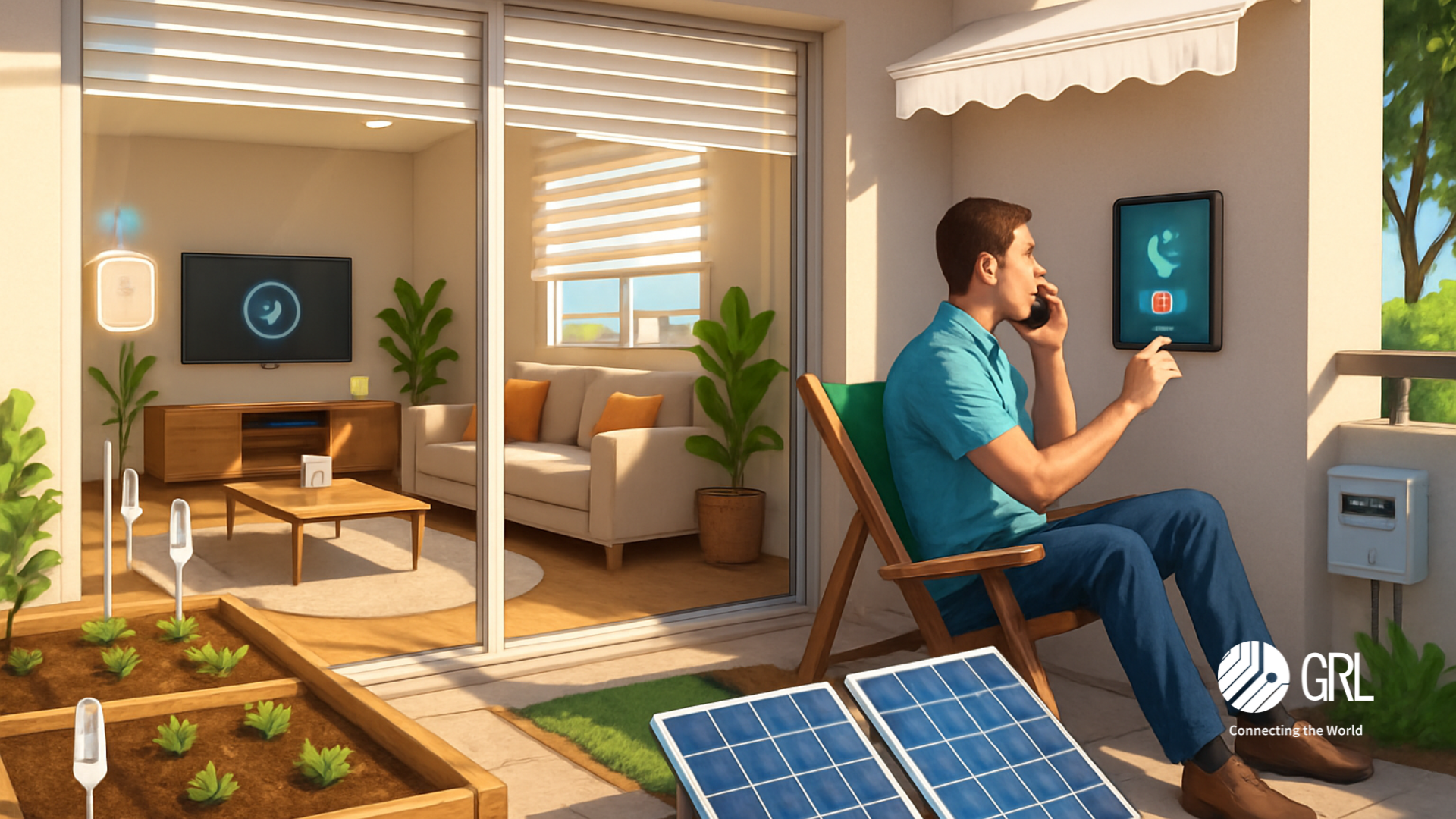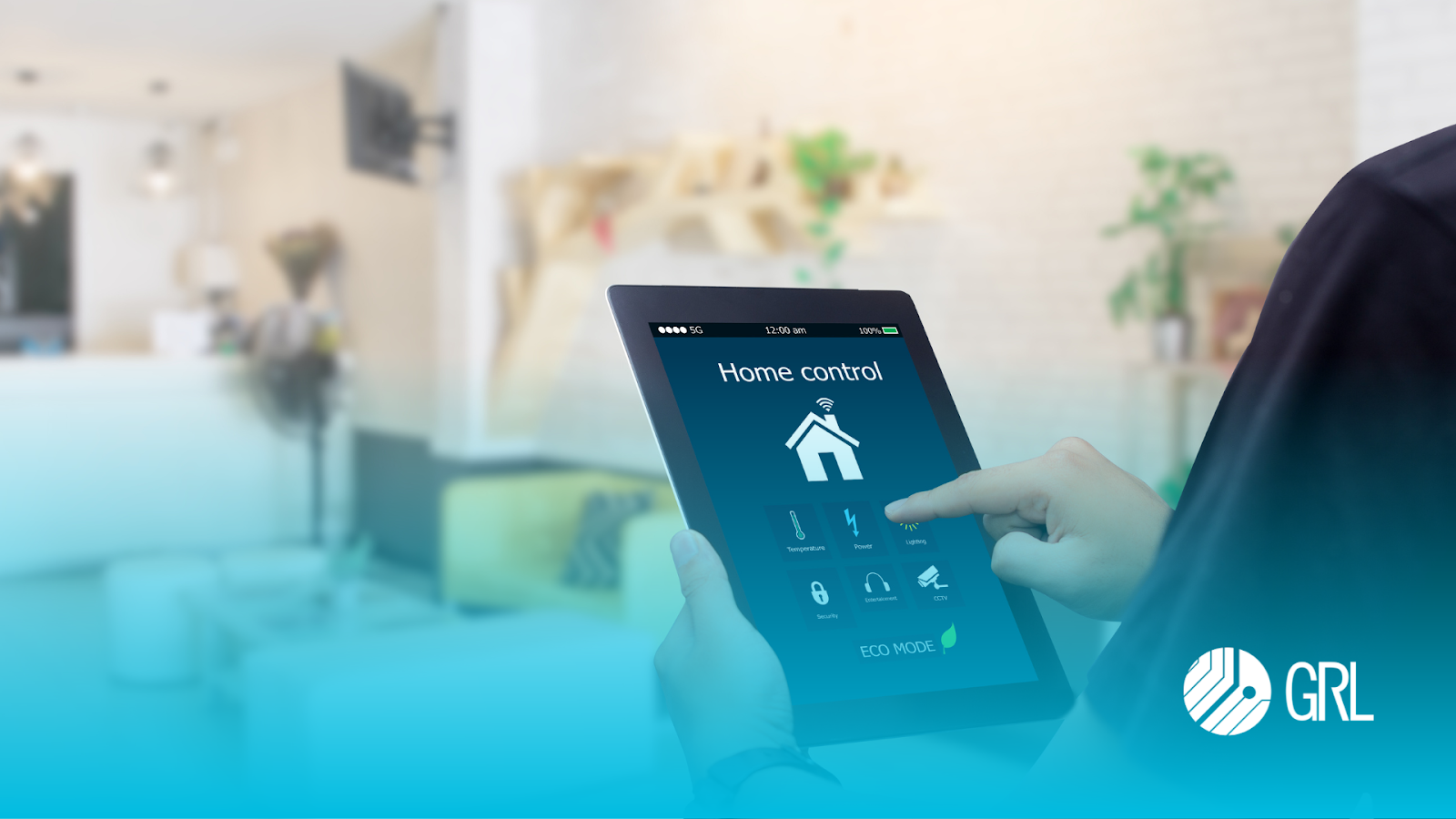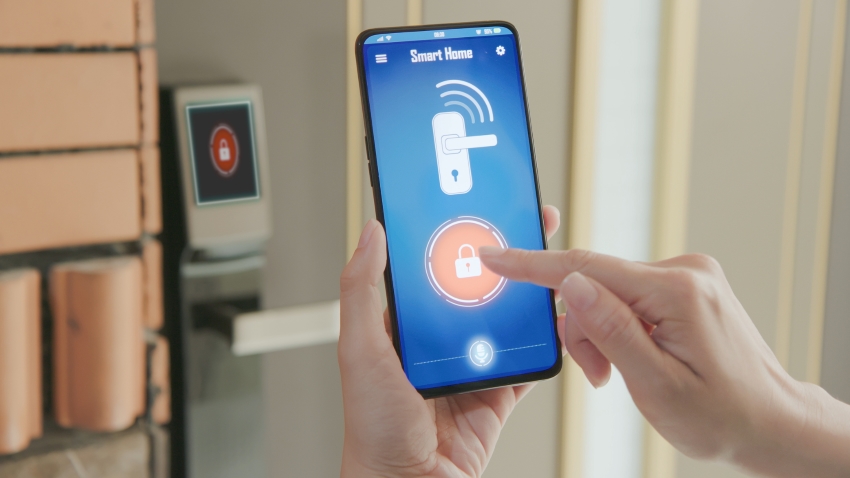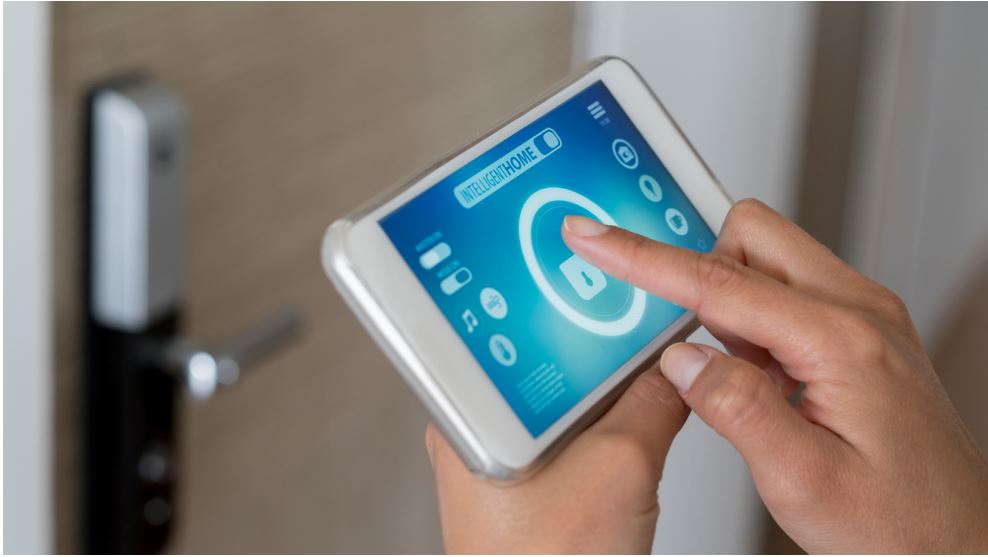Granite River Labs, GRL
Benefits to look forward to under the new Matter smart home standard
Good news for smart home owners. The new Matter standard developed by the Connectivity Standards Alliance (CSA) now provides home automation networks with greater flexibility, allowing users to connect a wider range of devices beyond the limited scope of popular household brands.
With Matter, smart home devices can now be connected and hosted on a common platform. Furthermore, the CSA-developed standard harmonizes previous systems of proprietary protocols, allowing manufacturers to work together to create devices that can not only connect to the same smart home networks, but are also compatible with one another.
This means that smart home owners can now enjoy greater control over home customization, mixing and matching their home device setups according to specific needs. Another welcome change is the elimination of disparate applications to control individual devices. With Matter, consumers will be able to enjoy a friendlier user experience and live-in environment where they can monitor and control more devices from a single interface.
How Matter operates in smart homes
Matter is an application layer protocol that is built on top of well-known IP networks such as Wi-Fi, Ethernet, or Thread. In addition, Bluetooth Low Energy (BLE) is used for wireless network commissioning, a process that involves network formation device identification, and logic configuration.
Figure 1: An overview of the relationship between commissioner, commissionee, and nodes within a Matter smart home network that consists of Wi-Fi/Thread, and Bluetooth LE.
Connecting a Matter device to a smart home network
The software infrastructure of Matter application layer protocols allow users to connect new Matter devices to their home network through the simple action of scanning a QR code. This is enabled by several key pieces of information built into QR codes of Matter devices:
- Version
- Vendor ID
- Product ID
- Custom Flow
- Discovery Capabilities
- Discriminator
- Passcode
- Padding
- TLV Data
Scanning will activate the smartphone’s BLE function so that the Matter device can be mapped and identified. Following which, commissioning will begin based on information embedded within the QR code.
Commissioning and securing connection between smartphone and Matter device
Communication between smartphones and Matter devices are secured through the Passcode-Authenticated Session Establishment protocol, or PASE. Passwords are created from a Password-Based Key Derivation Function (PBKDF) embedded within a QR-code. Password keys that are established will be in-turn used for encrypting, authenticating, and safeguarding the privacy of messages exchanged between both devices on the Matter network.
Figure 2: Commissioning workflow between smartphone and newly connected Matter device.
The smartphone, which functions as the commissioner in this scenario, will request the incoming device to provide Device Attestation Credentials (DAC) in order to verify its legitimacy and identity. Upon clearance, the smartphone commissioner will create and install Node Operational Credentials (NOC) on the device, which will be later used for authentication and communication purposes.
Since BLE won’t be used as the primary mode of communication, credentials must also be provided to the wireless network (currently, Wi-Fi and Thread are supported). To facilitate this, the smartphone commissioner is added as an Administrator to the Access Control List; a list that basically grants permissions to all devices on the network to perform specific actions.
With commissioning complete, the new device will be added to the network (thread or Wi-Fi) and the BLE session will be closed. All Matter devices that were connected previously can now communicate securely with the new device.
Widespread adoption of Matter standard in smart homes
Big brands including the likes of Google, Amazon, Apple, and Samsung have already stepped out to support the Matter standard by incorporating a common set of protocols and guidelines into their manufacturing procedures. Widespread support for Matter bodes well for its longevity in the rapidly growing smart home technology market.
New manufacturers can also easily jump aboard the smart home bandwagon by following Matter’s predefined set of protocols without worrying about compatibility or interoperability issues. End-consumers will also be able to identify smart home compatible devices by simply looking out for the Matter-certified logo instead of worrying about the nitty-gritty details of technical specifications.
Matter compatibility with Thread wireless protocol
Matter has been designed to operate on top of Thread, a wireless protocol that establishes a fast, offline network for data transmission using a low-power, mesh-based protocol. Thread is also a highly scalable, single thread network that enables many border routers for data transmissions to and fro other networks (cellular, Wi-Fi, Ethernet, etc.).
One Thread leader can manage up to 32 Thread routers directing traffic between devices, which can in turn become leaders as required, enabling a grand total of 511 end devices per router designed for low power operations. With Thread, Matter-certified devices can connect and function concurrently even without the internet. This presents a significant upgrade for offline IoT computing and smart home systems, which were previously reliant on internet connectivity.
Figure 3: Map of Thread network connection with Matter protocol featuring Thread router, leader, border router, and end device router.
The combination of the scalability of Thread and the compatibility of Matter promises to greatly enhance the functionality and reliability of smart homes in the future.
Certify your devices under the Matter standard with GRL
The future of connected devices is bright, and Matter plays a crucial role in realizing this shared vision. GRL is committed to making smart homes simpler, more secure, and more convenient, through robust and quality pre-testing and certification testing for all soon-to-be Matter and Thread endorsed devices. Let’s build a future where all devices work together, together.
About the author
Stanislas Charles
With more than 7 years of experience in wireless and RF testing, Charles is familiar with various protocols: Bluetooth, Zigbee, Thread, Matter. He is always willing to help customers to clarify doubts and questions about Matter and Thread testing requirements.




